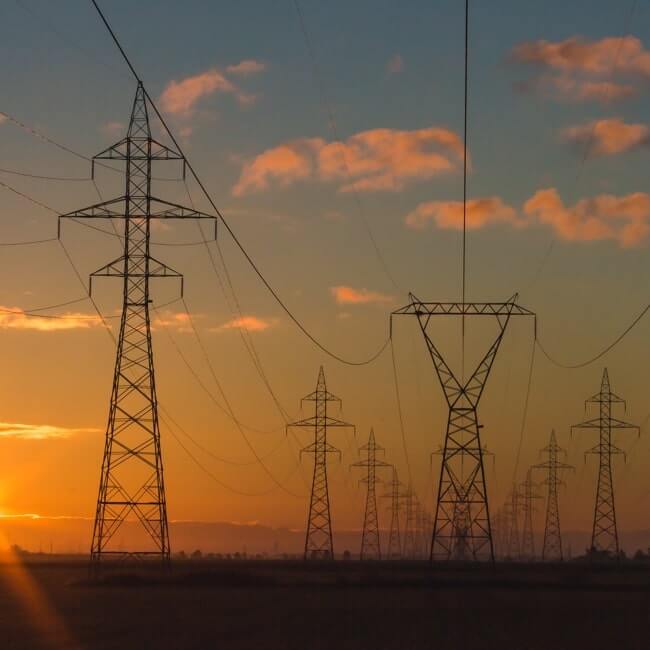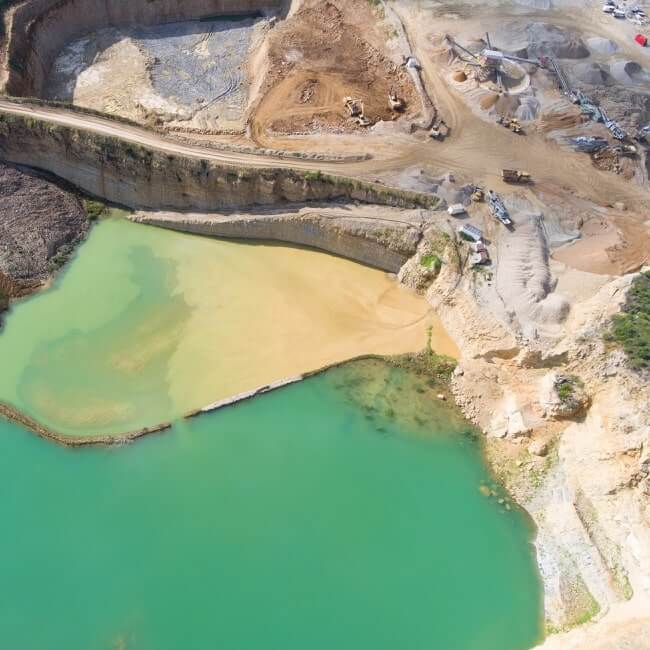Photovoltaic energy can place Brazil among solar segment leaders

By Ramon Nuche, Latin American Director at AESolar
In recent years, Brazil has stood out in the global solar energy scenario with significant growth due to its geography favorable to the installation of this type of technology and social support and incentives.
In 2023, the country broke a record for expanding photovoltaic energy, adding 3GW to the national energy matrix. Between January and August of the same year, the installed capacity of the electrical matrix was 7 GW, of which 6.2 GW came from solar and wind sources.
In 2024, photovoltaic energy production has already exceeded 38GW of installed capacity in the country, representing almost 17% of the national electrical matrix. According to data from ABSOLAR, a further 9.4GW will be added to the network, resulting in a total of 45.5GW in operation by the end of the year.
This demonstrates Brazil's evolution in the transition to a cleaner and more sustainable energy matrix and to establish itself as one of the main global solar energy hubs.
Part of this evolution has crucial support from the government, which has played a key role in encouraging the expansion of solar energy in the country through favorable public policies and energy auctions. Furthermore, the drop in the price of photovoltaic equipment and the reduction in interest rates created a favorable scenario for the market as a whole.
According to ABSOLAR, the renewable source of solar array could generate more than 300,000 new jobs in the country and new investments in the sector could exceed 50 billion reais.
Today, photovoltaic energy is used in the country's agriculture, commerce, industry, and the automotive and residential sectors. The applications of solar panels, which convert rays into energy, are very diverse, ranging from traditional installations on roofs to plantations or lakes, known as floating plants.
It is expected that new technologies available in European countries will soon arrive in Brazil, allowing better use of local geography and flexible or dual applications. For example, vertically installed solar panels, designed focusing on the agricultural sector, can be used in crop plots, serving as energy-generating fences, further enhancing the use of rural spaces.
All of this has been reflected and paving the way for a promising future in the Brazilian photovoltaic sector. By 2030, the installed capacity of solar energy in the country will grow to 28GW in 2030, representing around 11% of the Brazilian electricity matrix, according to to the Energy Research Company (EPE).
Brazil has emerged as one of the global leaders in the adoption of photovoltaic energy. With ongoing investments and favorable policies, in addition to the emergence of cutting-edge technologies, the future of solar energy in the country will be very promising indeed.
DISCLAIMER: This content is the sole responsibility of the author and does not necessarily reflect the opinion of BNamericas. We invite those interested in participating as a guest columnist to submit an article for possible inclusion. To do this, contact the editor at electric@bnamericas.com.
Subscribe to the leading business intelligence platform in Latin America with different tools for Providers, Contractors, Operators, Government, Legal, Financial and Insurance industries.
News in: Electric Power (Brazil)

Brazil gives green light to another hydro project to compete in power tender
The undertaking involves expanding the installed capacity of the São Simão plant.

Lending an edge: SMBC’s structured approach to Latin America’s challenges
David González, head of Latin America project finance, infrastructure & telecom at Sumitomo Mitsui Banking Corporation (SMBC), speaks with BNameric...
Subscribe to Latin America’s most trusted business intelligence platform.
Other projects in: Electric Power (Brazil)
Get critical information about thousands of Electric Power projects in Latin America: what stages they're in, capex, related companies, contacts and more.
- Project: Lot 2 Transmission lines (BA, MG, ES)
- Current stage:

- Updated:
2 weeks ago
- Project: Lot 6 transmission lines (Jacaranda: São Paulo)
- Current stage:

- Updated:
2 weeks ago
- Project: Coralina 1 Photovoltaic Plant (Coralina Complex)
- Current stage:

- Updated:
2 weeks ago
- Project: Assú Sol VIII photovoltaic plant (Assú Sol photovoltaic complex)
- Current stage:

- Updated:
3 weeks ago
- Project: Assú Sol IV photovoltaic plant (Assú Sol photovoltaic complex)
- Current stage:

- Updated:
3 weeks ago
- Project: Castelhano hydro plant
- Current stage:

- Updated:
3 weeks ago
- Project: Portocem LNG-to-Power
- Current stage:

- Updated:
3 weeks ago
- Project: Cajuína C8 wind farm (Cajuína complex) (Ex Ventos de São Ricardo 12)
- Current stage:

- Updated:
3 weeks ago
- Project: Cajuína E6 wind farm (Ex Ventos de Santa Tereza 09) (Cajuína Complex - Phase 1)
- Current stage:

- Updated:
3 weeks ago
- Project: Lot 3 – Maranhão and Pará: Tangará Project
- Current stage:

- Updated:
3 weeks ago
Other companies in: Electric Power (Brazil)
Get critical information about thousands of Electric Power companies in Latin America: their projects, contacts, shareholders, related news and more.
- Company: Complexo Fotovoltaico Carnauba Solar III SPE Ltda. (Carnauba Solar III)
-
The description included in this profile was taken directly from an AI source and has not been edited or modified by BNamericas researchers. However, it may have been automatica...
- Company: Solar Volt Solucoes Comercio e Instalacao Para Energia Ltda. (SolarVolt)
-
The description contained in this profile was taken directly from an official source and has not been edited or modified by BNamericas researchers, but may have been machine tra...
- Company: Contour Global do Brasil Holding (Contour Global do Brasil)
-
The description contained in this profile was extracted directly from an official source and has not been edited or modified by BNamericas researchers, but may have been machine...
- Company: Lumus Solar
-
The description contained in this profile was extracted directly from an official source and has not been edited or modified by BNamericas researchers, but may have been machine...
- Company: Consorcio Lagoinha I




